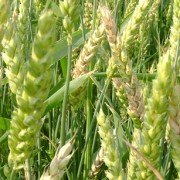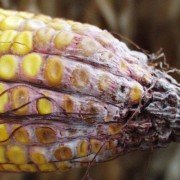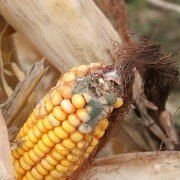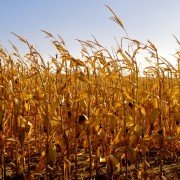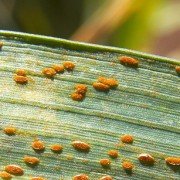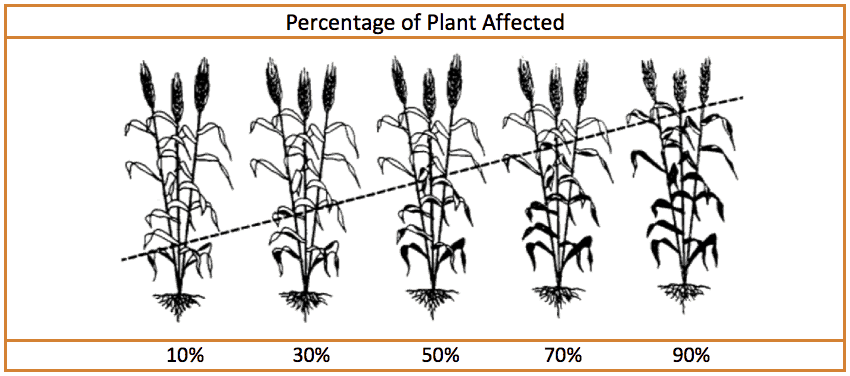Fusarium head blight
What is it? Fusarium Head Blight is a fungal disease that affects the head of small grain crops. Also referred to as Scab, it can affect wheat, barley, oats, rye, corn, and triticale. Wheat and barley are generally the most affected. It is mainly caused by the species Fusarium graminearum, and can cause loss of […]

